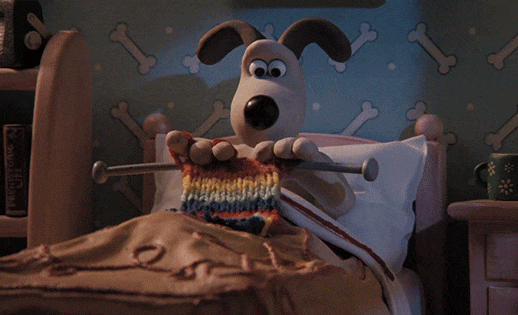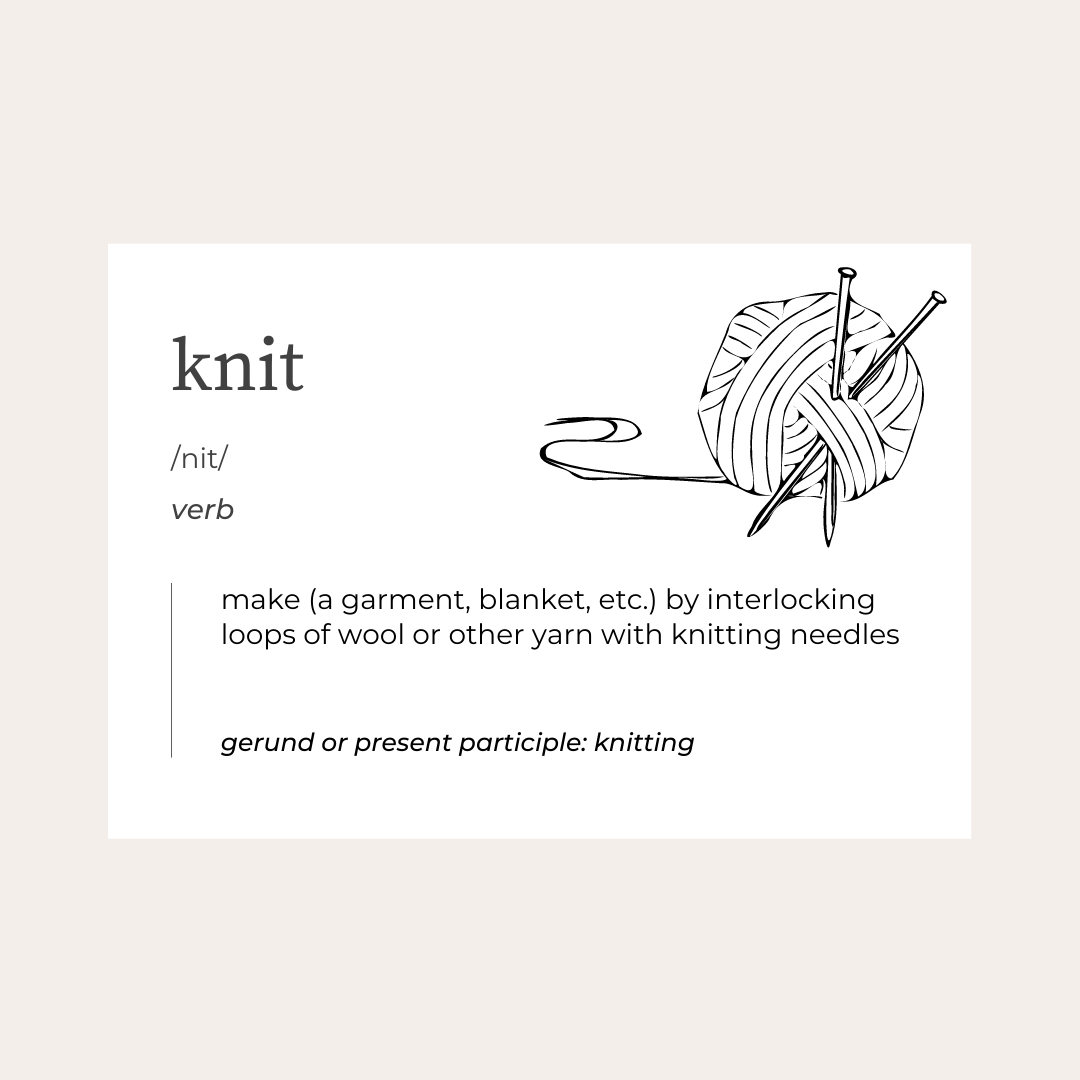
Since the pandemic started, I’ve noticed the knitting community boom with new members (which makes me so happy to see!)! I’ve been knitting as long as I can remember; my mom and nana taught me when I was five years old, and I just can’t help but gush about how much fun and relaxing it is. Whether you’re just starting knitting and have no idea what a stitch holder is, or are well into your knitting journey and want a refresher, here is my guide to all things knitting!
1. Knitting needles
Needles come in different materials and sizes, each used with different materials and for different projects! For example, you would use really small needles for socks and bigger needles for sweaters with chunky yarn, Yarn also comes in different sizes — more on that later.
There are a few different types of knitting needles and, although this list is not extensive, these are the main kinds:
The most common type of needles are straight needles. These are the needles that most people first learn on, and can be used for anything from scarves to sweaters! My straight needles are plastic and belonged to my nana! I find these needles are perfect for knitting with acrylic yarn as they have a bit of grip and work well with slippery yarns.
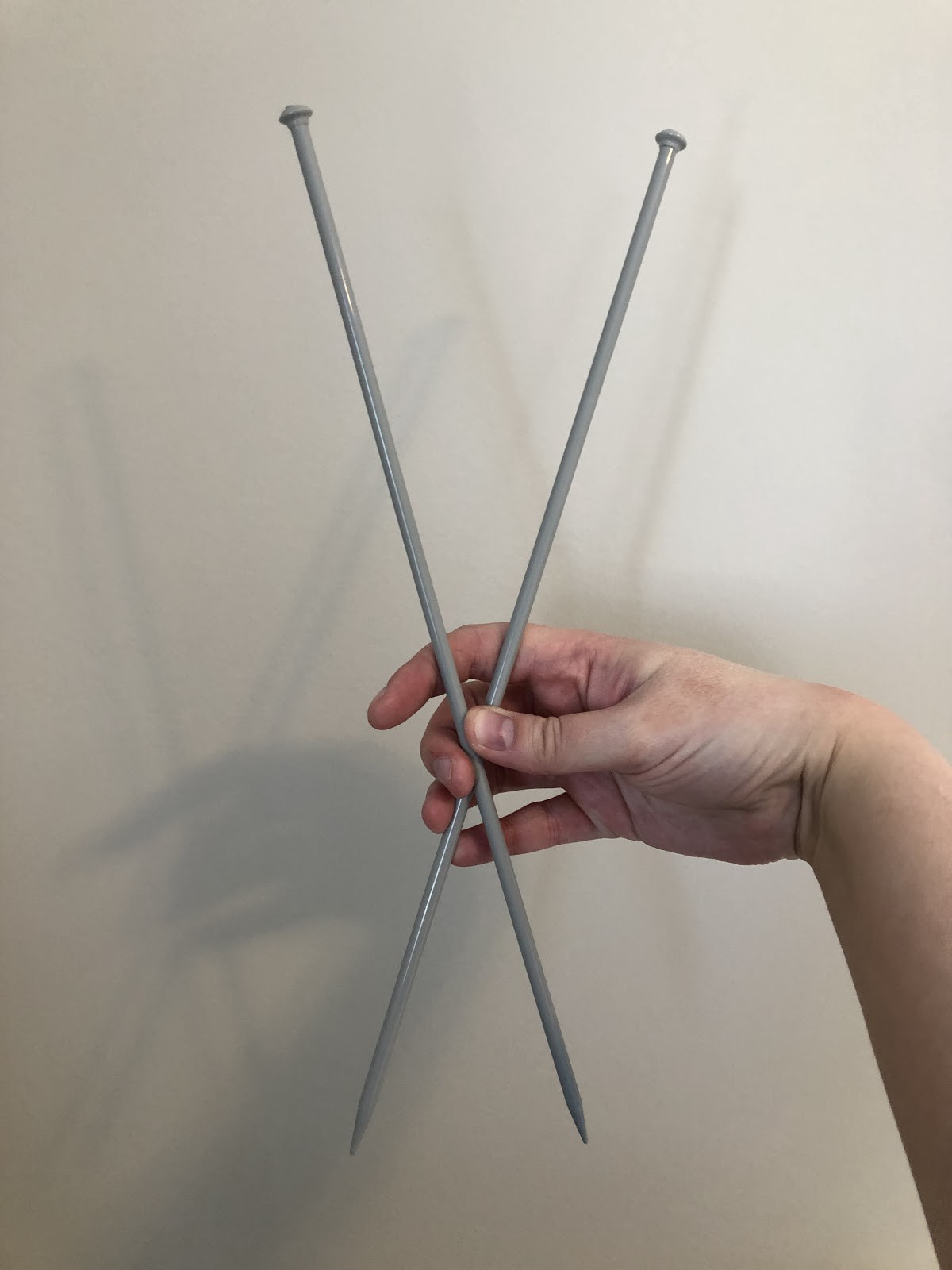
The next type of needles are the double pointed needles. These are used for knitting in the round (which is a different way of knitting than on straight needles where you work back and forth — in this case you literally work in a spiral around the needles!)
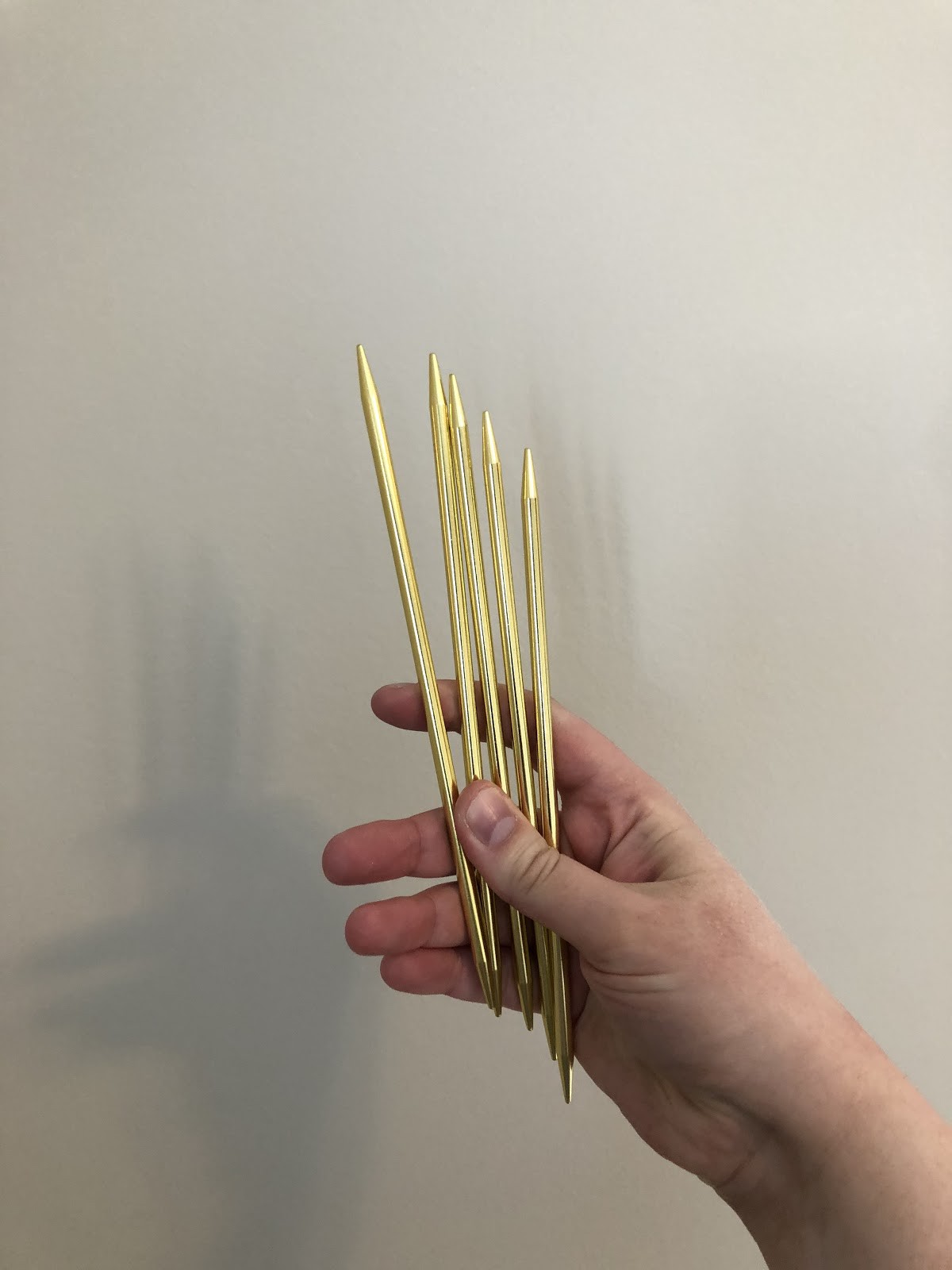
These are my metal double pointed needles! They’re fairly big so I mostly use them for knitting hats! The metal works well with really grippy yarn like wool.
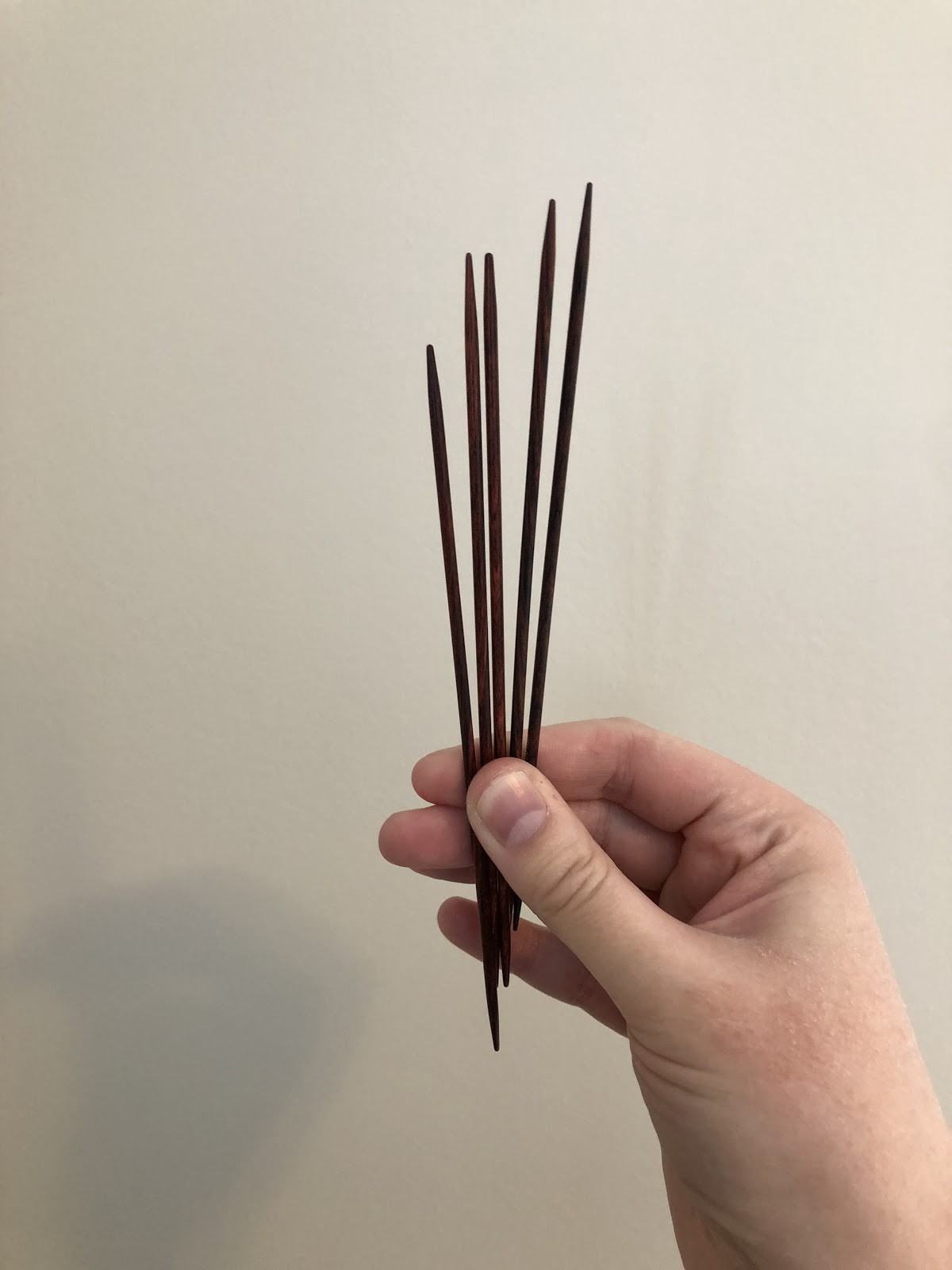
These are my wood dpns (dpn is the typical abbreviation for double pointed needles). I use these to knit socks because they’re super tiny and work well with really fine sock wool! I prefer wood needles regardless of how slippery the yarn is because I like that they’re not super cold in my hands like metal needles are.
The third type of needles are the circular needles. These are often used for knitting things like sweaters! You can get them in all sizes and with cables of all lengths to connect them. I have a set of interchangeable needles so that I can switch the siize of the needles attached to each cable length. Cable length is important because you want to make sure that you can actually knit in a circle with the amount of stitches you have on your needles. If the cable is too long, you won’t be able to knit. These are my needles:
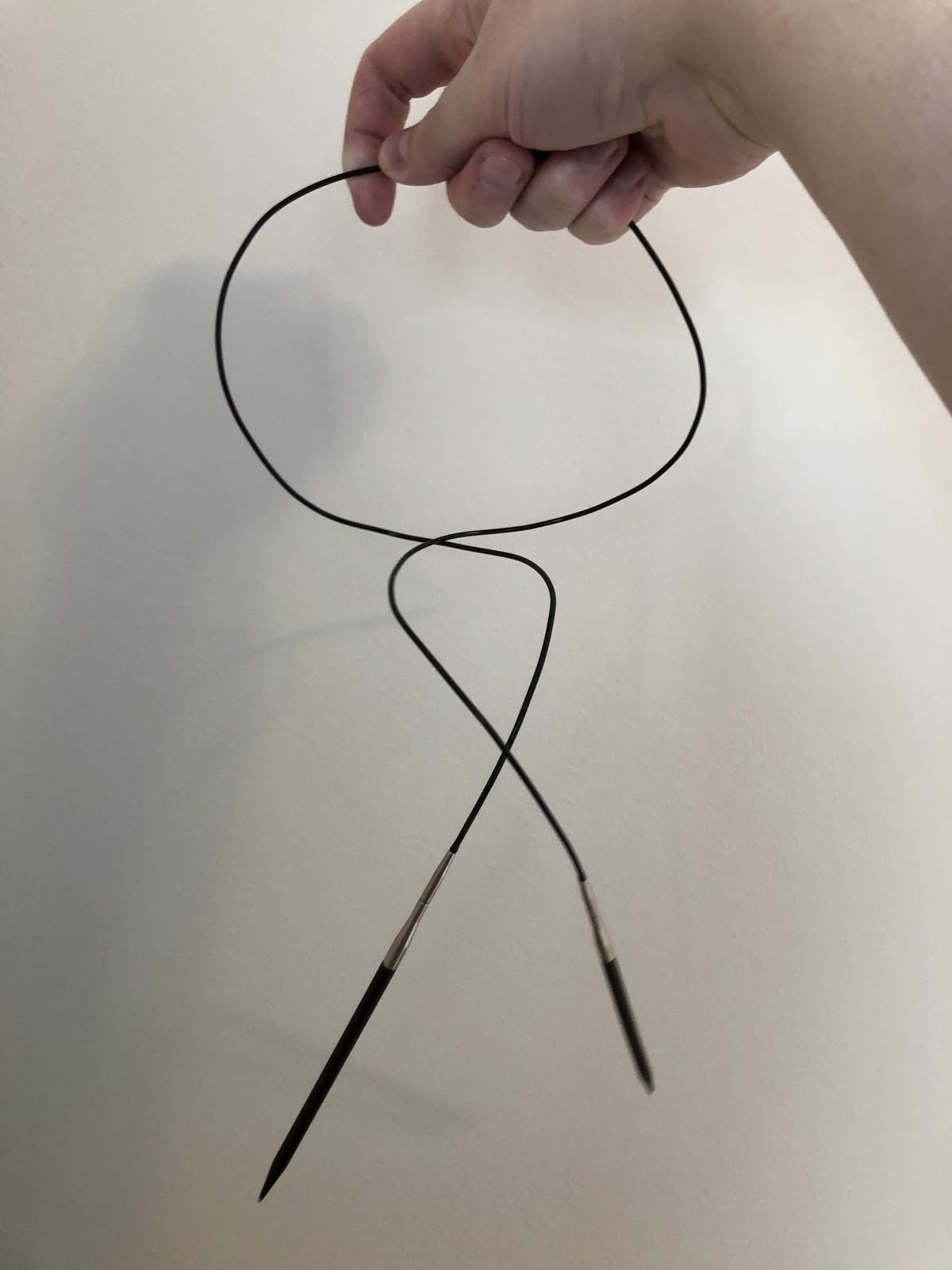
See how they’re literally attached to each other by a cable? That allows you to continuously knit in a spiral! These are wood too, as I love working with wood needles.
As a side note, this is a stitch holder:
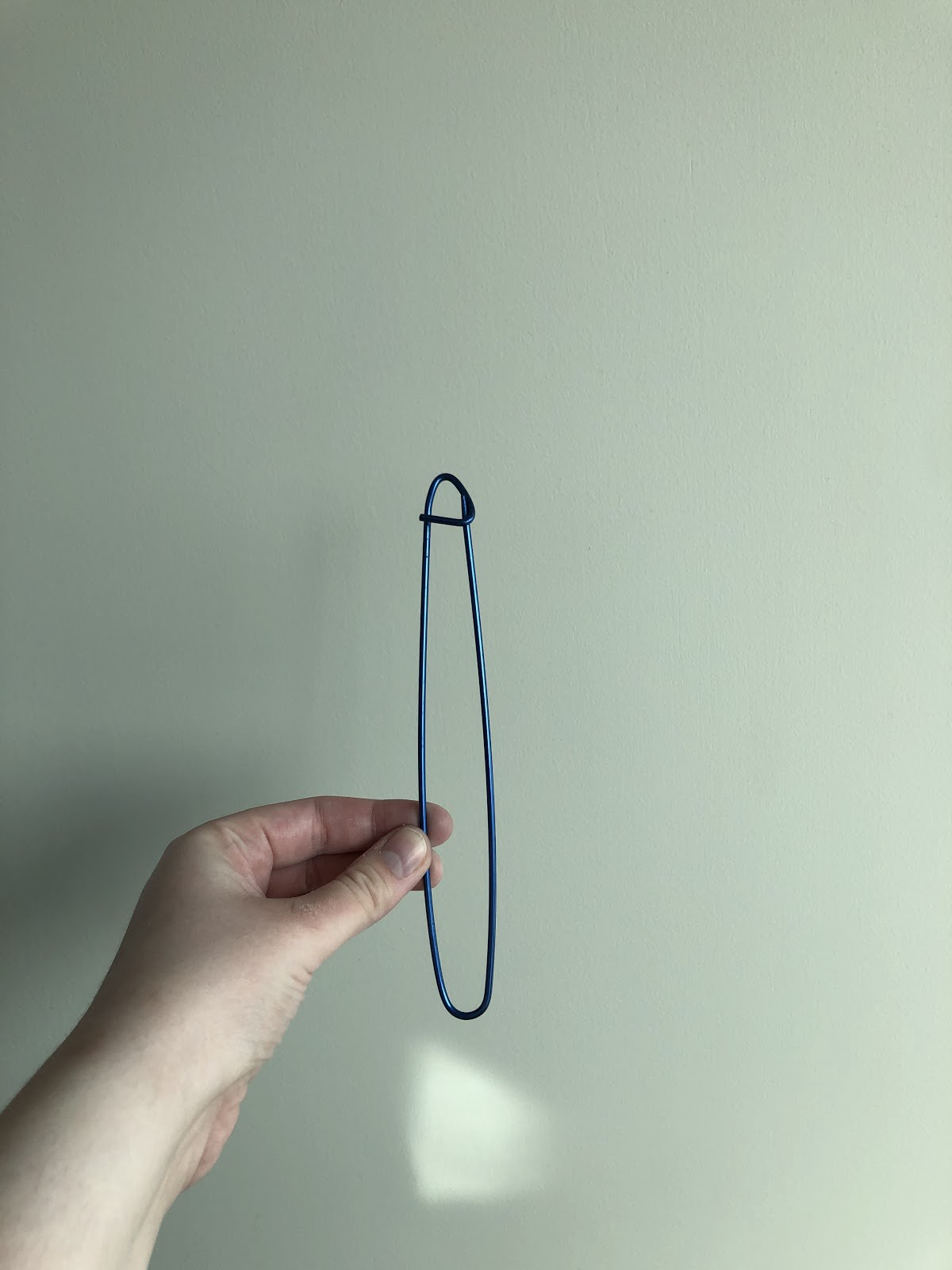
Stitch holders are not technically needles, but are very useful. They are used to hold stitches (like for sleeves if you’re knitting a sweater) while you knit a different part of the project.
2. The Yarn
Yarn is probably the most important part of your knitting! Yarn comes in all different kinds of fibres, from acrylic to wool (both sheep and alpaca) and various combinations. It also comes in different sizes from lace (which is super tiny) to chunky. Picking out yarn is definitely the best part of knitting. My collection is growing so fast I’m running out of space to store it!
When you buy yarn, it comes in two different styles: the hank and the skein.
This is a hank:
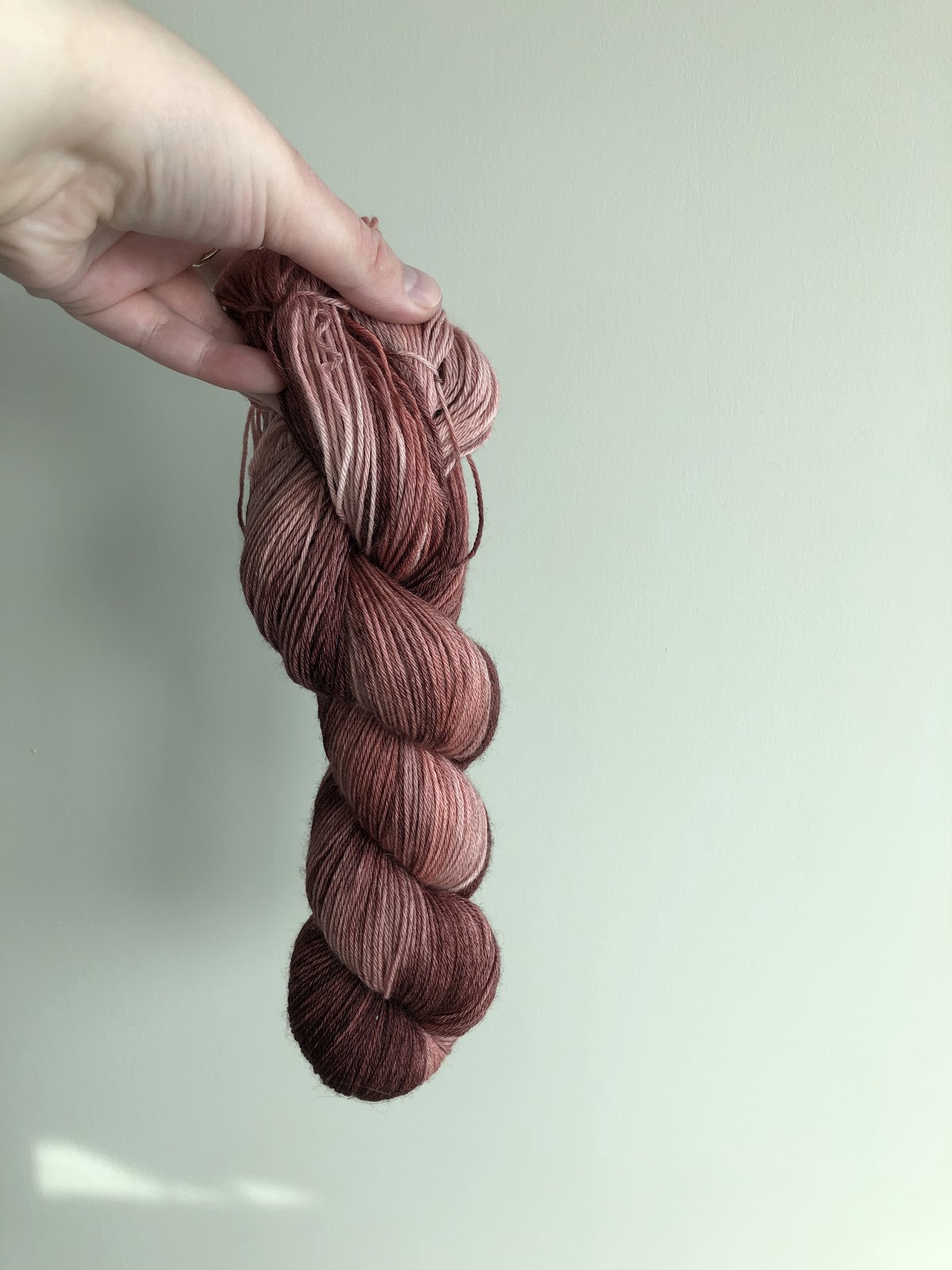
This is what a hank look like unrolled:
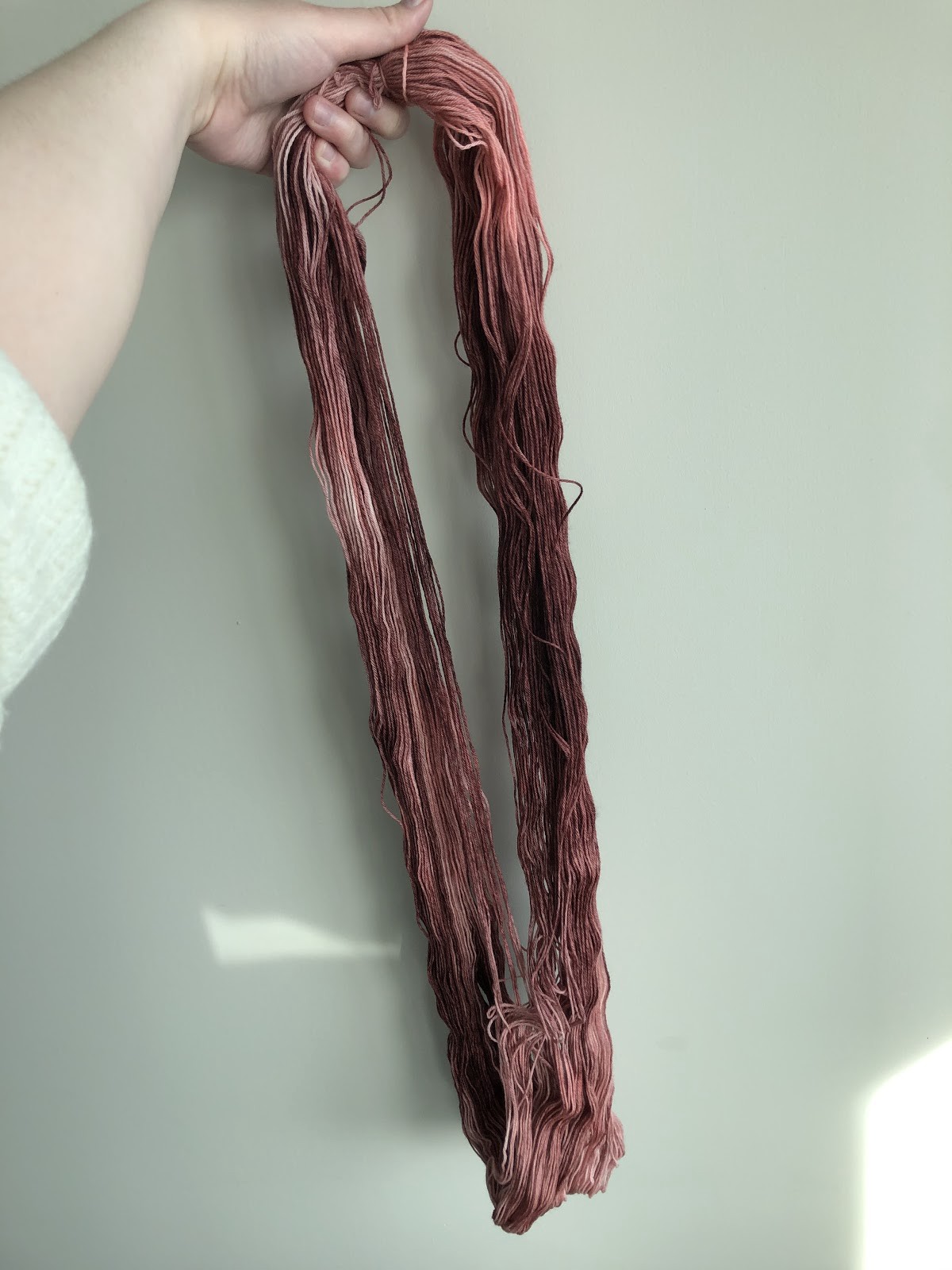
And this is a skein:
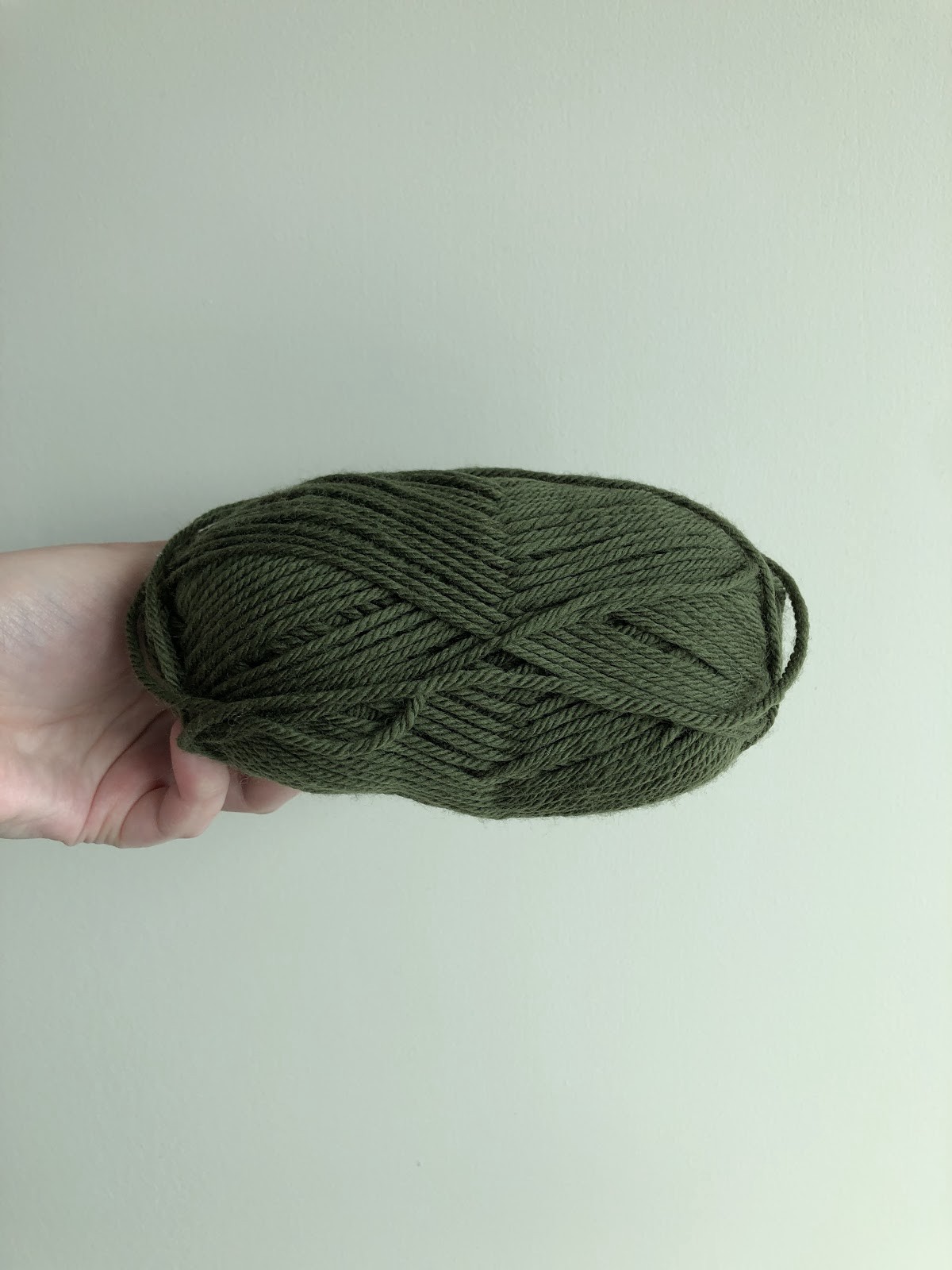
Typical, people roll hanks into balls because it makes it easier to knit with. I personally also like to roll skeins into a ball because I find it easier, but my mom for instance likes to leave skeins as they are as she knits. It’s a personal choice!
3. The stitches
There are two main stitches: the knit and the purl stitch (there are many more, but these are the basic stitches that all projects are based off of!).
Knit stitch looks like this:
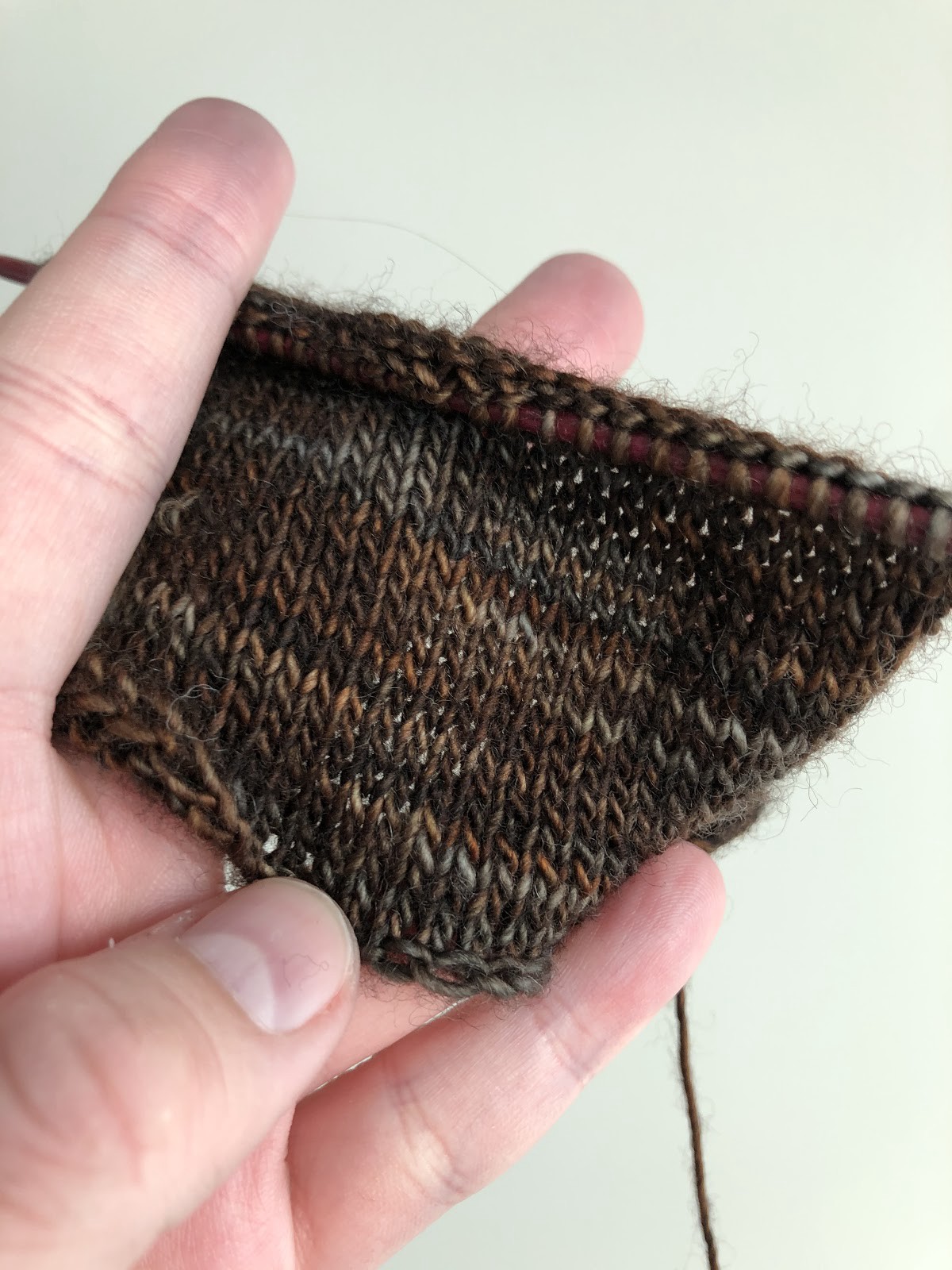
And purl stitch looks like this:
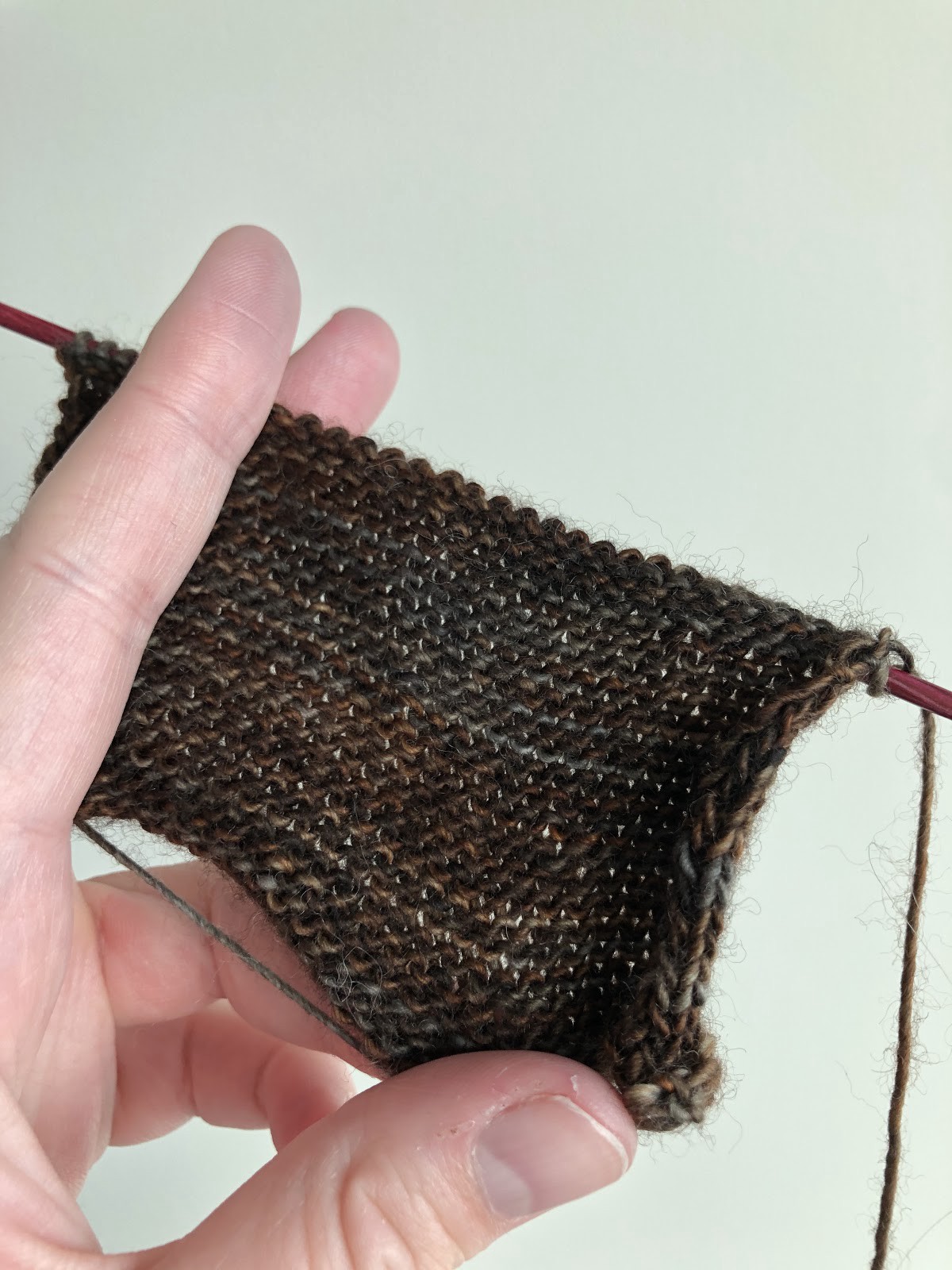
I recommend getting comfortable with these two stitches before moving onto the more complicated ones.
4. Where to shop for knitting supplies
There are many different places you can buy yarn and knitting supplies! Art supply stores like Michaels carry knitting supplies, but I’ve noticed they are carrying less and less lately. There are many specialty knitting stores in various cities in Canada that carry amazing supplies! Here in Edmonton, I recommend The Fibre Nook and River City Yarns. Most stores in Canada do offer shipping though, and I love Stash Lounge in Calgary. Many knitters also dye their own yarn and you can buy it from their websites or off etsy! I personally really love the Fibre Goddess, her yarn is stunning. There is also a wonderful store called Knitpicks that sells A TON of knitting supplies and very affordable yarns! I highly recommend checking them out (though they’re prices are in USD).
5. Online knitting resources and patterns
Knitpicks has one of the best collections of knitting tutorials I have ever seen! I use them all the time. They teach everything from the knit and purl stitches to complicated increase and decrease stitches!
Many knitters on YouTube have also created independent tutorials on various stitches and how to do them. I always recommend doing a general YouTube search when you want to learn something new because I’m sure tons of videos will come up!
Ravelry is one of the BEST resources for patterns, although etsy has a lot too. Ravelry also contains a database of different yarns and gives difficult ratings on patterns!
6. My first project looks terrible, I hate this.
My first project looked terrible too, but I promise your second will look much better! Keep at it, knitting is so rewarding and becomes very relaxing as you get the hang of it.
7. What should I do while I’m knitting and doing the same stitch over and over?
Chat with knitting friends! I have a group of friends who like to get together and chat and knit! It’s so much fun. I also love watching Netflix and listening to audiobooks. I also like to just sit and do it quietly with nothing else going on in the background to quiet my mind if I’ve had a stressful day.
8. My final piece of knitting advice:
Don’t be afraid to try difficult patterns. It took 18 years for me to try knitting a sweater because I thought it would be too hard. I finished a sweater about two weeks ago and I was totally wrong. I had more than enough knowledge of the stitches needed, and the things I didn’t know how to do, I learned easily from family, friends, and YouTube videos.
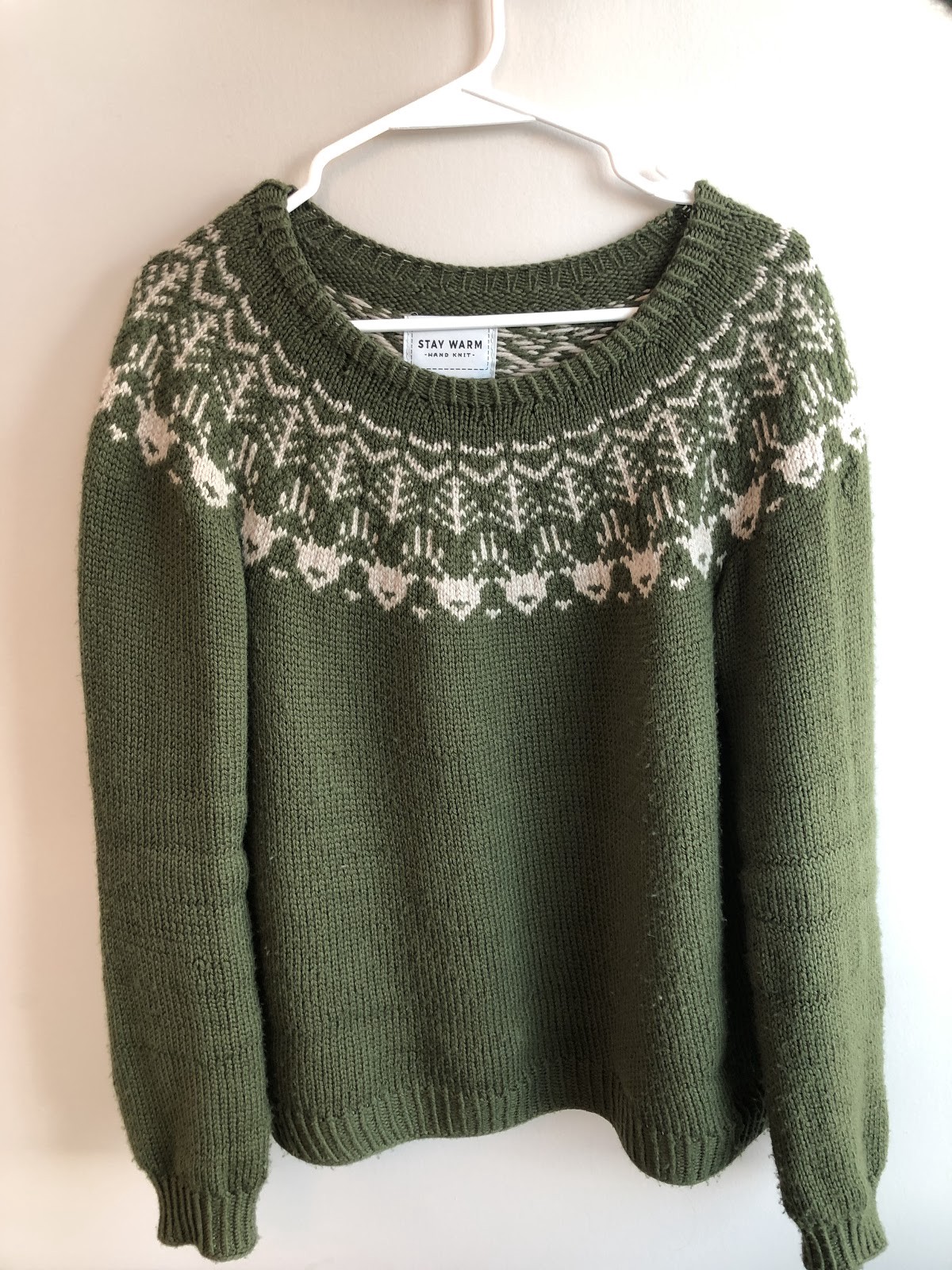
There are so many beautiful things to knit and stunning patterns to make out there. Enjoy! Have fun! And comment below your knitting projects as I’d love to see them!
Happy knitting!
